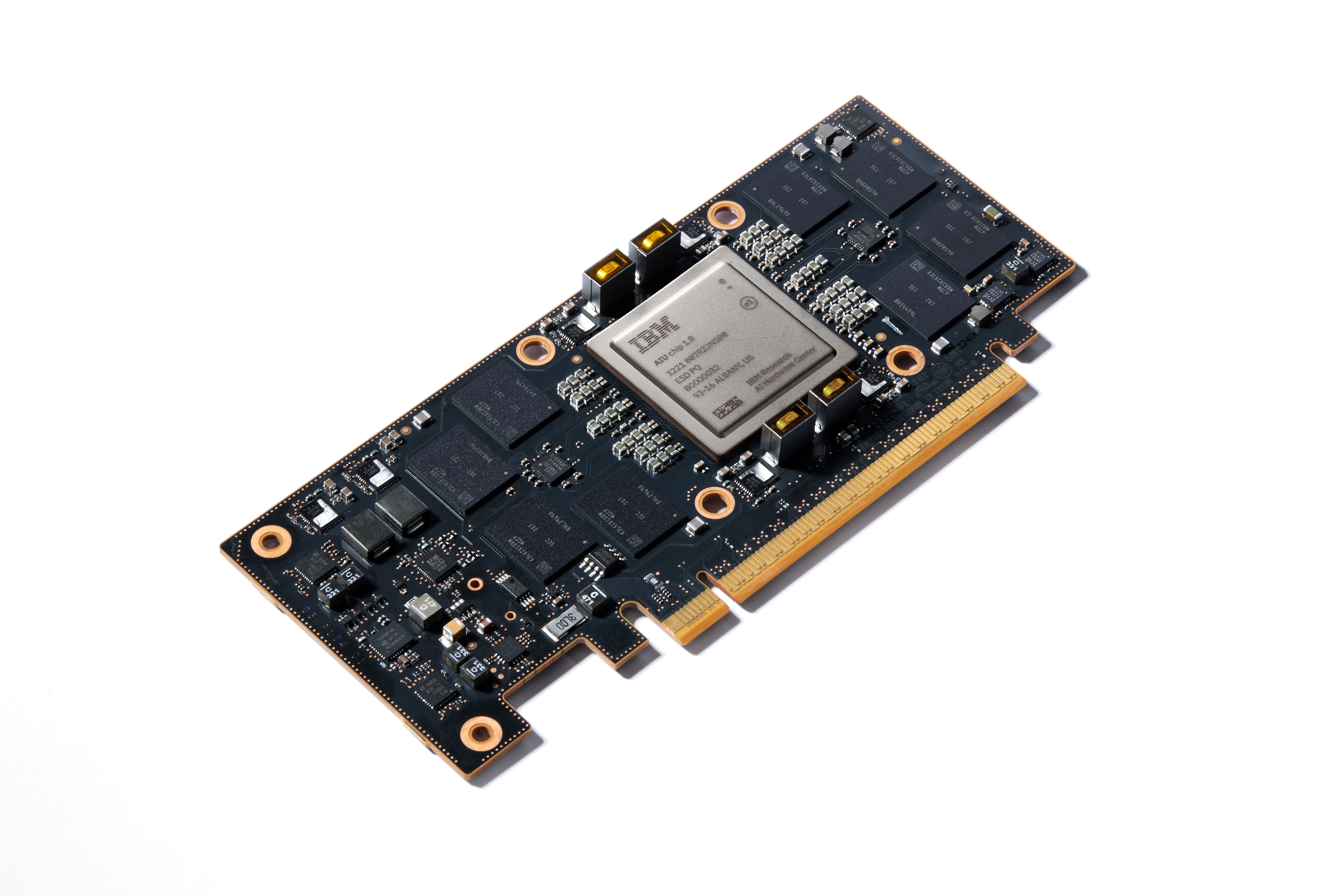Concernt
Optimism is non-negotiable
- Pronouns
- She/Her
I'm almost certain it'll be HDMI 2.0, not least because Switch is internally DisplayPort so they'd need to engineer a whole new crossbar setup that might interfere with dock compatibility between the different models. Plus as I've said before I fully expect them to use the Nintendo Switch Dock with LAN Port rather than a new "Nintendo Switch Dock 4K", when the existing Dock (with LAN Port) already supports HDMI 2.0. This device can't really be any thicker than the current Switch without breaking Joy-Con compatibility, will definitely use USB C again, etc.God these USB names are so dumb… but yes, USB 3.2 Gen 2. Though it could be USB 3.2 Gen 2x2 which offers more bandwidth if they felt like they needed it. 2.5GB/s theoretically speaking.
I was gonna ask about these, but since the switch will most likely not utilize the 120Hz feature, would it even matter if it’s at 60Hz to get the full 4:4:4 and full bit color depth for HDR? Wouldn’t this be a scenario in which them not going with the full usage of 120Hz, even if they support it, be a benefit as they have some bandwidth to spare?
Fake edit: seems like even if Nintendo were to support “4k” at 60Gz for all their content (at the highest) and to get 12-bit 4:4:4 even at 60Hz, they’ll need to support at least HDMI 2.1. Otherwise they’ll be limited to 4:2:0 chroma.
I wonder if they lowered the resolution, would it be enough… with DLSS not actually being that resolution if it has any effect on this.
There's no reason for them to move to a new Dock so soon after the last one when reusing the black Dock with LAN Port reduces the number of unique parts, reduces costs, had so much engineering gone into it, has 4K output, and has more ventilation than the Nintendo Switch V1, V2 or OLED can even use. Why would they engineer the dock that comes with the OLED Model to have MORE ventilation when it's a more power efficient model?
Dock redesigns every 1-2 years just doesn't seem like the route they'll go when the dock they have is HDMI 2.0b and can do 4K60HDR and surround sound without breaking a sweat! I doubt the device will even attempt to target 120FPS.



